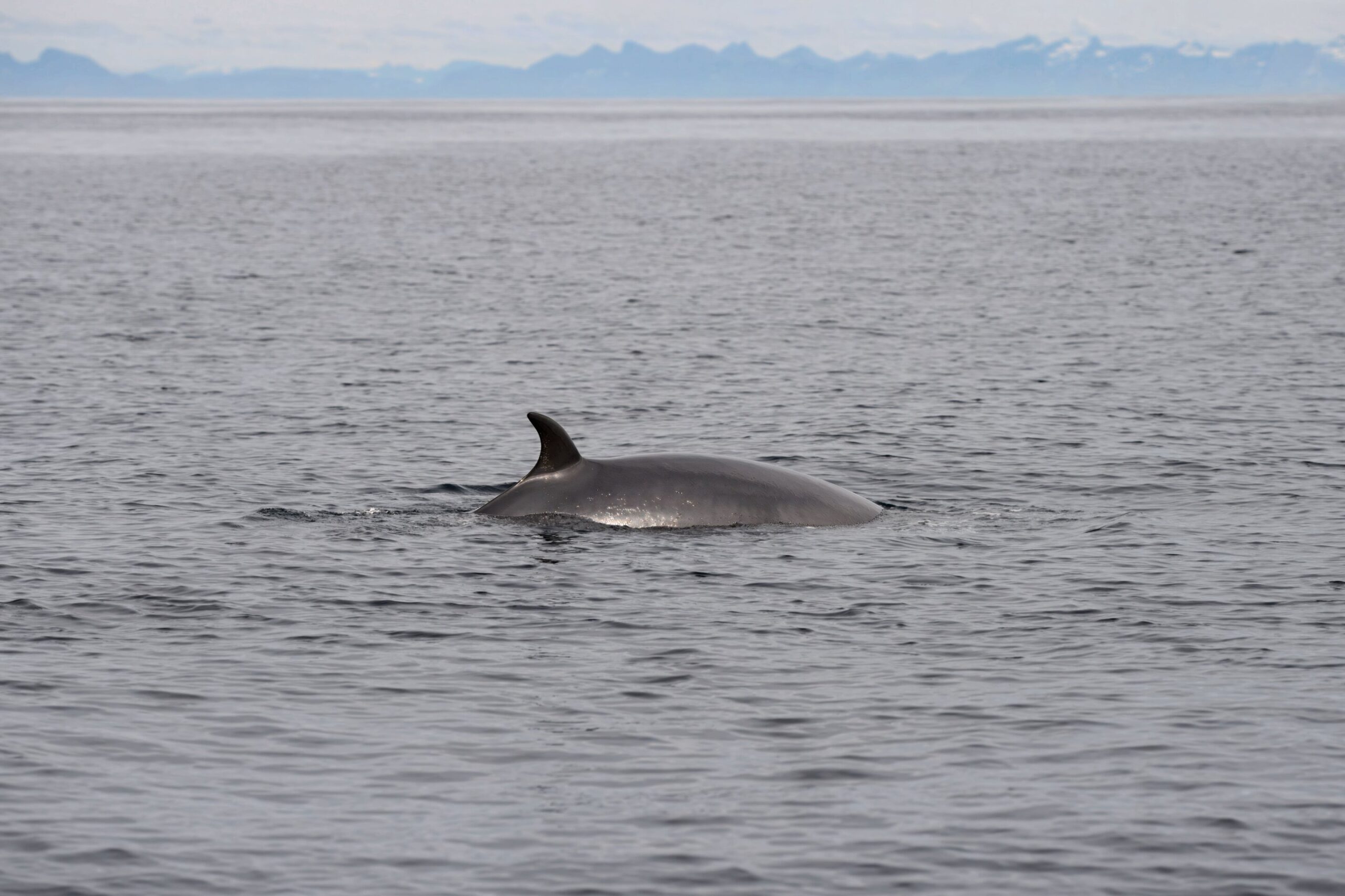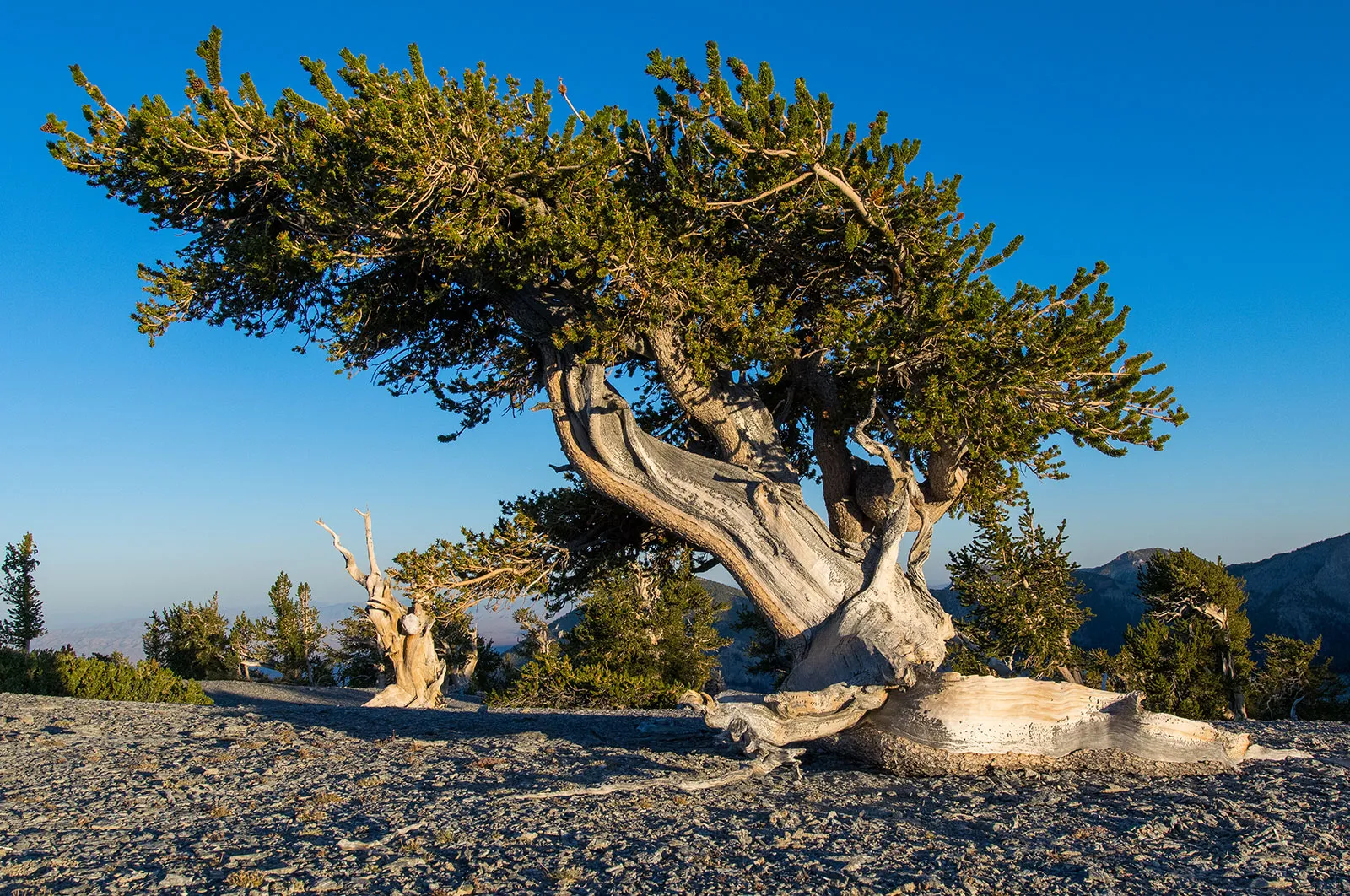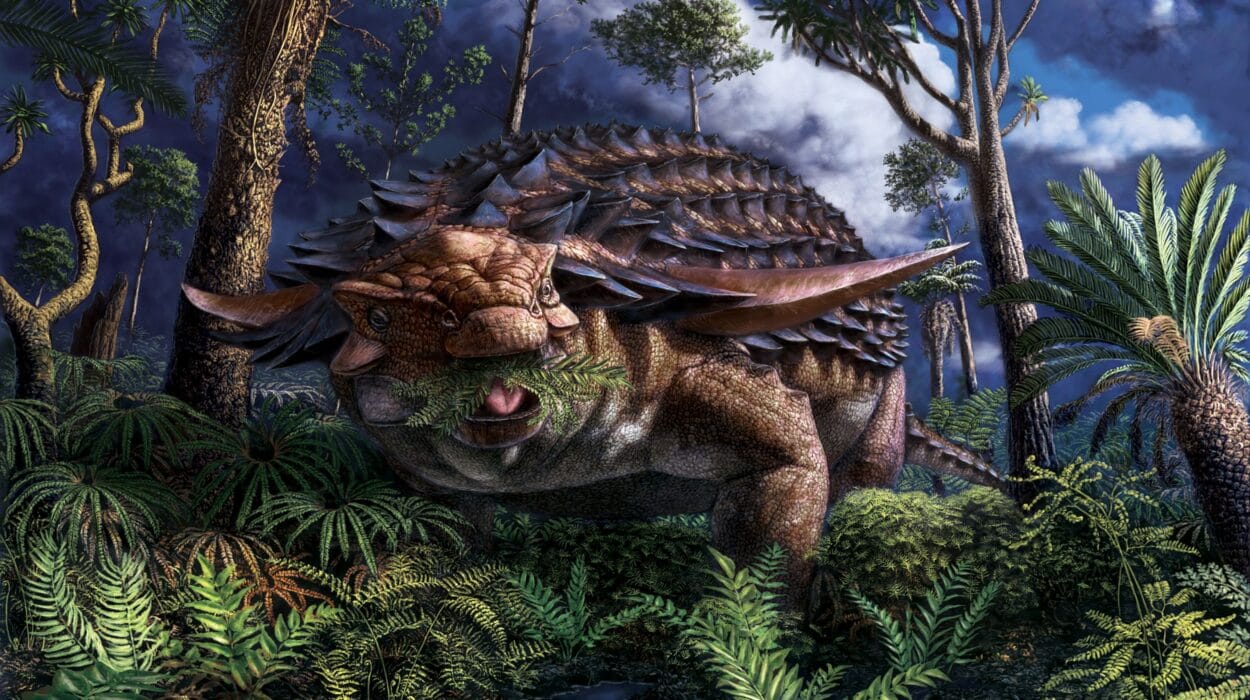For centuries, whales have captivated human imagination as the gentle giants of the sea. They inspire awe with their immense size, haunting songs, and long migrations across the oceans. But a new scientific revelation adds a profound twist to their story: whales are not only magnificent creatures—they are vital engineers of the ocean’s life-support system. A groundbreaking study published in the Proceedings of the National Academy of Sciences has revealed that baleen whales play a major role in boosting ocean productivity by recycling nutrients that fuel entire marine ecosystems.
This discovery sheds light on how whales, through their feeding and excretion, nourish the smallest life forms in the sea and, in turn, sustain the food webs that support fish, seabirds, and even humans.
The Foundation of Ocean Life: Primary Productivity
At the heart of every marine ecosystem lies primary productivity—the process by which microscopic organisms known as phytoplankton convert sunlight, carbon dioxide, and nutrients into organic matter. These tiny, plant-like organisms are the ocean’s version of forests, producing oxygen and forming the base of the entire marine food chain. Without them, life in the ocean would collapse.
But for phytoplankton to thrive, they need nutrients like nitrogen, phosphorus, and iron—elements that are often scarce in the upper layers of the ocean where sunlight is available. In many regions, nutrient depletion limits how much phytoplankton can grow, restricting the productivity of the entire ecosystem. That’s where whales come in.
Whales as Nutrient Recyclers
Whales, especially baleen whales such as blue, fin, humpback, sei, minke, and bowhead whales, feed on vast amounts of tiny prey like krill and plankton. During their summer migrations to nutrient-poor feeding grounds in the North Atlantic and Arctic Seas, they consume tons of food each day. What happens next—though less glamorous—is crucial for ocean life: they release nutrients back into the water through their feces and urine.
Unlike the sinking waste of smaller organisms, whale waste floats near the surface, exactly where phytoplankton live and photosynthesize. This process, often called the “whale pump,” effectively recycles nutrients from the deep sea to the sunlit layers of the ocean, fertilizing the very waters that sustain the marine food web.
Until now, scientists knew this recycling process occurred but lacked precise data on how much it actually contributed to ocean productivity. The new study changes that by providing the first quantitative analysis of nutrient recycling by baleen whales.
Measuring the Ocean’s Gentle Fertilizers
To understand the scale of whales’ contribution, the research team conducted direct measurements of whale waste. They collected and analyzed samples of feces and urine from fin and minke whales in the Greenland, Norwegian, and Iceland Seas—areas where these giants gather in summer to feed.
The scientists measured concentrations of nitrogen, phosphorus, iron, and 14 other trace elements essential for phytoplankton growth. They then used an advanced ecosystem model known as NORWECOM.E2E to simulate how the nutrients released by various baleen whale species affect ocean productivity.
The results were striking. Baleen whales were found to recycle around 815 tons of nitrogen and 325 tons of phosphorus every day during the feeding season in the Nordic and Barents Seas. Nitrogen was primarily excreted through urine, while phosphorus and trace elements were released through feces.
These quantities are enormous. They represent a natural, continuous enrichment of surface waters that can significantly boost phytoplankton growth in nutrient-poor regions.
Different Species, Different Impacts
The study revealed that not all whale species contribute equally to nutrient cycling. Blue, fin, and bowhead whales—because of their immense body sizes—produce the highest nutrient loads per individual. However, minke whales, which are more numerous, collectively contribute the largest share of nutrients in many regions, particularly the Barents, Norwegian, and Greenland Seas.
This finding highlights how the balance between body size and population numbers determines the ecological role of different whale species. It also emphasizes why conserving a diversity of whale species is crucial for maintaining healthy oceans.
Seasonal Cycles of Whale Fertilization
The researchers also observed that nutrient levels vary seasonally. As whales migrate to northern waters in spring and summer to feed, the amount of nutrients they release increases, peaking in late summer. This timing aligns perfectly with the seasonal cycle of phytoplankton blooms.
In some areas, the boost in primary productivity was dramatic—up to 10% higher in August in offshore, nutrient-poor regions. While the average annual increase across the Nordic Seas was about 0.6%, localized effects reached as high as 4.5% in certain parts of the Norwegian Sea basin and northern Barents Sea.
In regions like the Arctic-influenced Barents Sea, where sunlight and nutrients are both limited, whale-derived nutrients can make an especially significant difference. The researchers note that these areas are far from terrestrial runoff and other nutrient sources, so the contribution of whales becomes even more vital.
Ripples Through the Food Web
The effects of whale nutrient recycling do not stop with phytoplankton. When primary productivity increases, it cascades upward through the entire marine food web. More phytoplankton means more food for zooplankton—tiny drifting animals that feed on microscopic plants. The study’s simulations showed that mesozooplankton biomass could increase by as much as 10% in response to whale nutrient enrichment.
This, in turn, benefits fish and larger animals that rely on zooplankton for food. Scientists have already observed that changes in zooplankton populations can influence the survival and migration of species such as salmon and herring in the Nordic Seas. The new study suggests that whales indirectly support these commercially and ecologically important species by enhancing the base of their food supply.
In essence, whales are not just top predators or charismatic megafauna—they are ecosystem engineers whose presence strengthens the resilience and productivity of entire oceanic systems.
Whales and the Carbon Cycle
Beyond supporting marine life, increased primary productivity has another global benefit: carbon sequestration. Phytoplankton absorb carbon dioxide from the atmosphere during photosynthesis, converting it into organic matter. Some of this carbon eventually sinks to the ocean floor when phytoplankton die or are consumed by other organisms, effectively removing CO₂ from the air for long periods.
By stimulating phytoplankton growth, whales indirectly enhance this “biological carbon pump.” In this way, they play a subtle but meaningful role in regulating Earth’s climate. Protecting whale populations could therefore have implications not only for ocean biodiversity but also for combating climate change.
A Return to Balance: Lessons from History
The new findings also carry a poignant reminder. Before industrial whaling decimated their numbers in the 19th and 20th centuries, whale populations were vastly larger. Scientists estimate that the oceans once held millions more whales than they do today. The loss of these animals likely disrupted the natural flow of nutrients through marine ecosystems, reducing productivity and altering the balance of life in the sea.
As whale populations slowly recover under international protection, their ecological role may also be reviving. The study’s authors suggest that restoring whales could help restore the oceans themselves—a hopeful vision in an era when marine ecosystems face mounting pressures from overfishing, pollution, and climate change.
The Future of Whale Research
While this study marks a major step forward, it is also just the beginning. The researchers emphasize that more data are needed to refine models and fully understand the dynamics of whale-driven nutrient cycling. Future work will likely include more detailed tracking of whale movements, measurements of excretion rates at different depths, and studies of how nutrients dissolve and disperse in various ocean conditions.
There’s also a growing interest in expanding research beyond baleen whales to include other large marine vertebrates such as sperm whales, dolphins, and seals, which may play complementary roles in ocean nutrient dynamics. By integrating these insights, scientists hope to build a more complete picture of how marine megafauna shape the planet’s biological and chemical systems.
Why Protecting Whales Protects the Planet
The message emerging from this research is clear and deeply compelling: protecting whales protects the oceans—and by extension, us. These animals are not isolated wonders but integral players in maintaining the health and productivity of marine ecosystems. Their survival contributes to fisheries, biodiversity, and even climate stability.
Every whale that dives deep to feed and surfaces to excrete nutrients participates in a grand natural cycle that sustains life across the seas. In a world increasingly aware of the fragility of its ecosystems, recognizing and preserving this hidden ecological service is both a scientific revelation and a moral imperative.
The Giants Beneath the Waves
Whales have long been symbols of mystery and majesty, but they are also symbols of connection. Their immense bodies carry not only life but also the nutrients that give life to countless others. Through their movements, they bridge the deep ocean and the surface, the microscopic and the massive, the past and the future.
As scientists continue to unravel the profound roles these creatures play, one truth becomes undeniable: the story of the ocean is also the story of the whale. And to ensure that the ocean continues to thrive, the world must safeguard these magnificent giants—its greatest recyclers, its quiet gardeners of the sea.
More information: Carla Freitas et al, Impact of baleen whales on ocean primary production across space and time, Proceedings of the National Academy of Sciences (2025). DOI: 10.1073/pnas.2505563122






